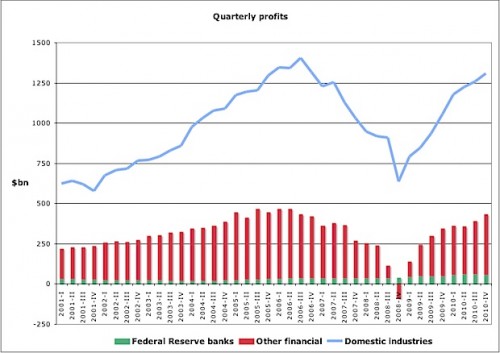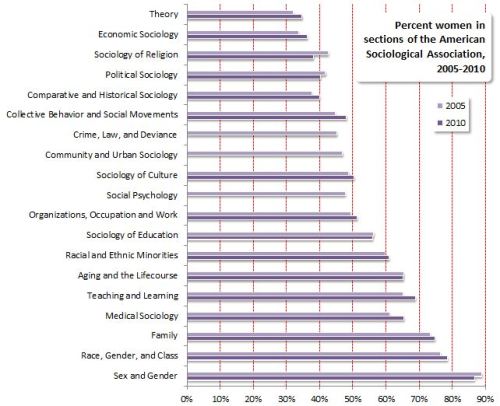“Hey! Come on! Eating meat is without any ethical ramifications! See, Mr. Greenjeans? The animals aren’t complaining! So what’s your problem?”
Lisa Wade, PhD is an Associate Professor at Tulane University. She is the author of American Hookup, a book about college sexual culture; a textbook about gender; and a forthcoming introductory text: Terrible Magnificent Sociology. You can follow her on Twitter and Instagram.
























